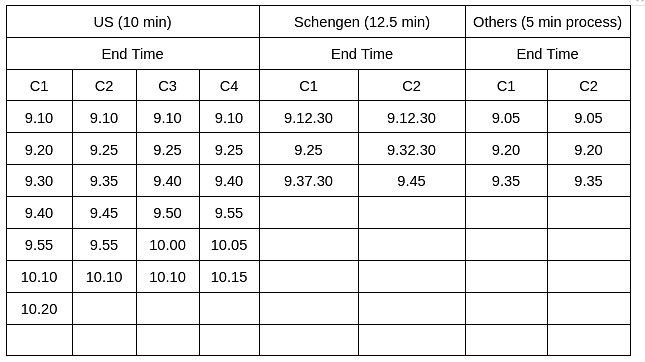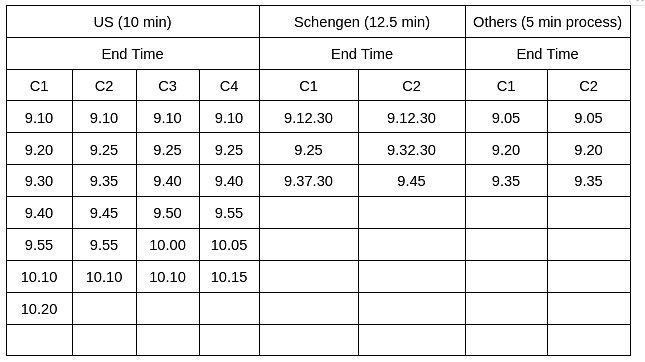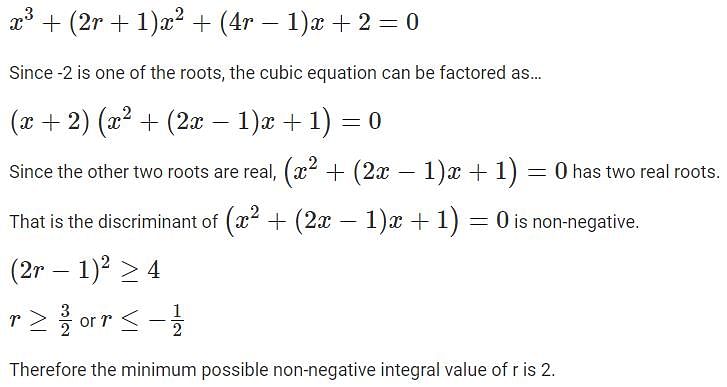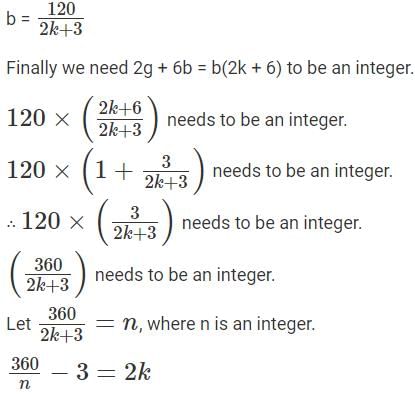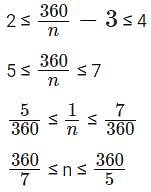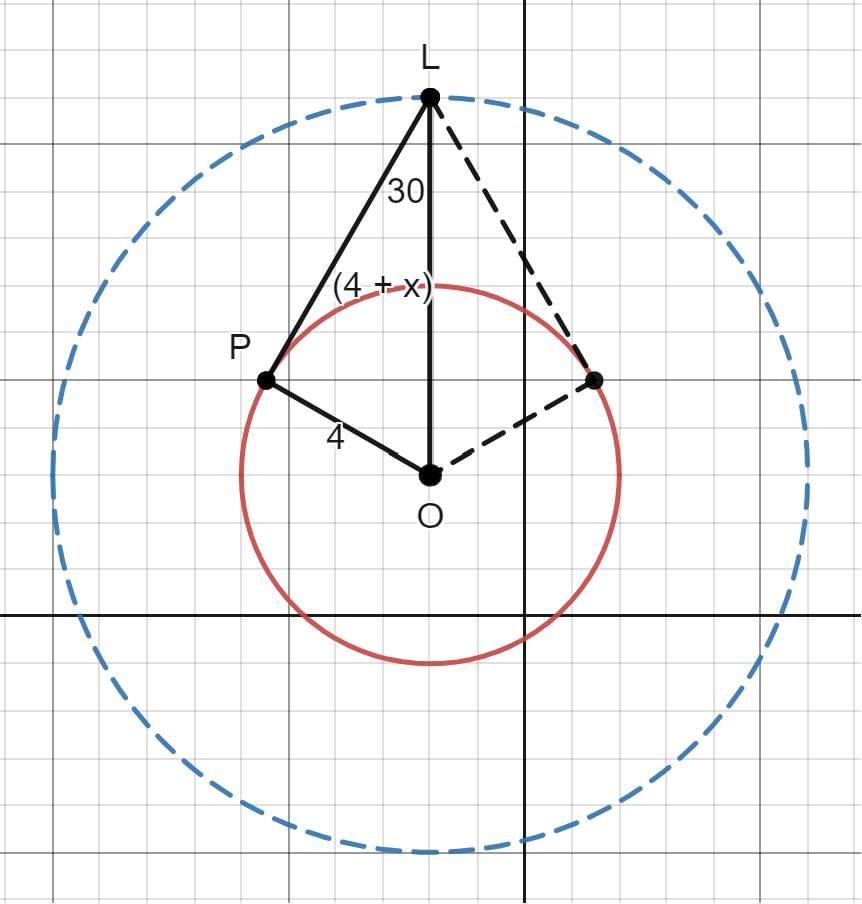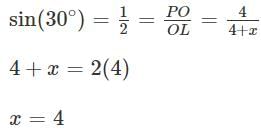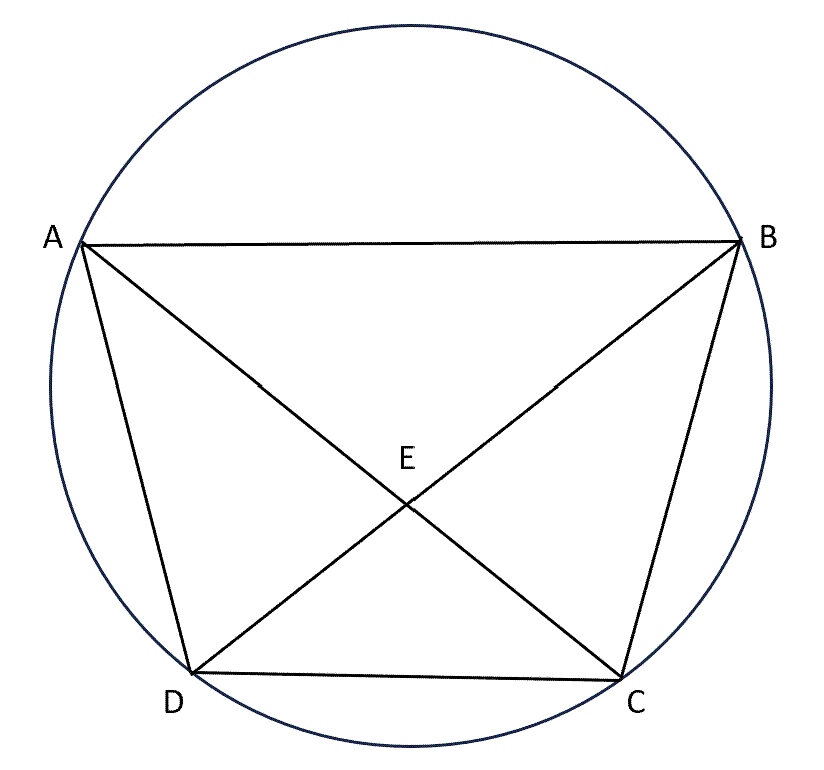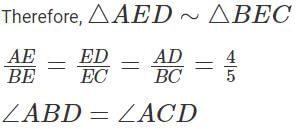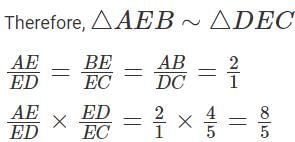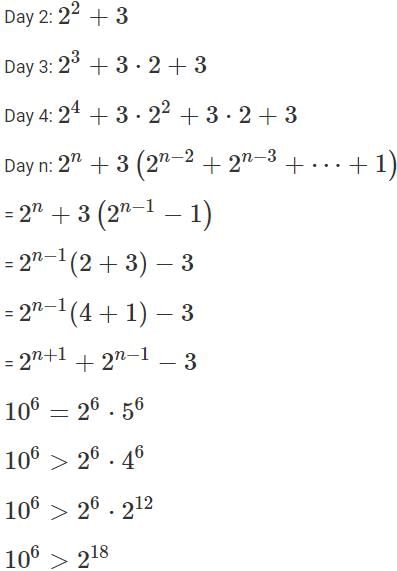CAT 2023 Slot 1: Past Year Question Paper (November 2) - CAT MCQ
30 Questions MCQ Test Daily Test for CAT Preparation - CAT 2023 Slot 1: Past Year Question Paper (November 2)
The author criticises scholars who are not geographers for all of the following reasons EXCEPT:
Which one of the following statements is not true about migration in the Indian Ocean world?
We can infer that Sahlins's main goal in writing his essay was to:
The author mentions Tanzania’s Hadza community to illustrate:
The author of the passage criticises Sahlins’s essay for its:
Which one of the following has NOT contributed to the growing wolf population in Lozère?
Which one of the following statements, if true, would weaken the author’s claims?
The author presents a possible economic solution to an existing issue facing Lozère that takes into account the divergent and competing interests of:
Five jumbled up sentences (labelled 1, 2, 3, 4 and 5), related to a topic, are given below. Four of them can be put together to form a coherent paragraph. Identify the odd sentence and key in the number of that sentence as your answer.
- In English, there is no systematic rule for the naming of numbers; after ten, we have "eleven" and "twelve" and then the teens: "thirteen", "fourteen", "fifteen" and so on.
- Even more confusingly, some English words invert the numbers they refer to: the word "fourteen" puts the four first, even though it appears last.
- It can take children a while to learn all these words, and understand that "fourteen" is different from "forty".
- For multiples of 10, English speakers switch to a different pattern: "twenty", "thirty", "forty" and so on.
- If you didn't know the word for "eleven", you would be unable to just guess it - you might come up with something like "one-teen".
The four sentences (labelled 1, 2, 3 and 4) given below, when properly sequenced, would yield a coherent paragraph. Decide on the proper sequencing of the order of the sentences and key in the sequence of the four numbers as your answer.
- Algorithms hosted on the internet are accessed by many, so biases in AI models have resulted in much larger impact, adversely affecting far larger groups of people.
- Though “algorithmic bias” is the popular term, the foundation of such bias is not in algorithms, but in the data; algorithms are not biased, data is, as algorithms merely reflect persistent patterns that are present in the training data.
- Despite their widespread impact, it is relatively easier to fix AI biases than human-generated biases, as it is simpler to identify the former than to try to make people unlearn behaviors learnt over generations.
- The impact of biased decisions made by humans is localised and geographically confined, but with the advent of AI, the impact of such decisions is spread over a much wider scale.
The four sentences (labelled 1, 2, 3 and 4) given below, when properly sequenced, would yield a coherent paragraph. Decide on the proper sequencing of the order of the sentences and key in the sequence of the four numbers as your answer.
- What precisely are the “unusual elements” that make a particular case so attractive to a certain kind of audience?
- It might be a particularly savage or unfathomable level of depravity, very often it has something to do with the precise amount of mystery involved.
- Unsolved, and perhaps unsolvable cases offer something that “ordinary” murder doesn’t.
- Why are some crimes destined for perpetual re-examination and others locked into permanent obscurity?
The passage given below is followed by four alternate summaries. Choose the option that best captures the essence of the passage.
Manipulating information was a feature of history long before modern journalism established rules of integrity. A record dates back to ancient Rome, when Antony met Cleopatra and his political enemy Octavian launched a smear campaign against him with “short, sharp slogans written upon coins.” The perpetrator became the first Roman Emperor and “fake news had allowed Octavian to hack the republican system once and for all”. But the 21st century has seen the weaponization of information on an unprecedented scale. Powerful new technology makes the fabrication of content simple, and social networks amplify falsehoods peddled by States, populist politicians, and dishonest corporate entities. The platforms have become fertile ground for computational propaganda, ‘trolling’ and ‘troll armies’.
The passage given below is followed by four alternate summaries. Choose the option that best captures the essence of the passage.
Colonialism is not a modern phenomenon. World history is full of examples of one society gradually expanding by incorporating adjacent territory and settling its people on newly conquered territory. In the sixteenth century, colonialism changed decisively because of technological developments in navigation that began to connect more remote parts of the world. The modern European colonial project emerged when it became possible to move large numbers of people across the ocean and to maintain political control in spite of geographical dispersion. The term colonialism is used to describe the process of European settlement, violent dispossession and political
domination over the rest of the world, including the Americas, Australia, and parts of Africa and Asia.
Which two candidates can belong to the same department?
Which of the following can be the number of votes that Prof. Qureshi received from a single department?
If Prof. Samuel belongs to B&H, which of the following statements is/are true?
Statement A: Prof. Pakrasi belongs to M&S.
Statement B: Prof. Ramaswamy belongs to O&Q
What best can be concluded about the candidate from O&Q?
How many individual ratings cannot be determined from the above information?
To how many workers did R2 give a rating of 4?
How many UK applications were scheduled on that day?
When did the application processing for all US applicants get over on that day?
If x and y are positive real numbers such that logx(x2 + 12)=4 and 3 logy x = 1 , then x + y equals
If x and y are real numbers such that x2 + (x − 2y − 1)2 = −4y(x + y) , then the value x − 2y is
The equation x3 + (2r + 1)x2 + (4r - 1)x + 2 = 0 has -2 as one of the roots. If the other two roots are real, then the minimum possible non-negative integer value of r is
In an examination, the average marks of 4 girls and 6 boys is 24. Each of the girls has the same marks while each of the boys has the same marks. If the marks of any girl is at most double the marks of any boy, but not less than the marks of any boy, then the number of possible distinct integer values of the total marks of 2 girls and 6 boys is
The salaries of three friends Sita, Gita and Mita are initially in the ratio 5 : 6 : 7, respectively. In the first year, they get salary hikes of 20%, 25% and 20%, respectively. In the second year, Sita and Mita get salary hikes of 40% and 25%, respectively, and the salary of Gita becomes equal to the mean salary of the three friends. The salary hike of Gita in the second year is
Gita sells two objects A and B at the same price such that she makes a profit of 20% on object A and a loss of 10% on object B. If she increases the selling price such that objects A and B are still sold at an equal price and a profit of 10% is made on object B, then the profit made on object A will be nearest to
Let C be the circle x2 + y2 + 4x - 6y - 3 = 0 and L be the locus of the point of intersection of a 2 pair of tangents to C with the angle between the two tangents equal to 60°. Then, the point at which I touches the line x = 6 is
A quadrilateral ABCD is inscribed in a circle such that AB : CD = 2 : 1 and BC : AD = 5 : 4. If AC and BD intersect at the point E, then AE : CE equals
A lab experiment measures the number of organisms at 8 am every day. Starting with 2 organisms on the first day, the number of organisms on any day is equal to 3 more than twice the number on the previous day. If the number of organisms on the nth day exceeds one million, then the lowest possible value of n is
|
152 docs|327 tests
|



























